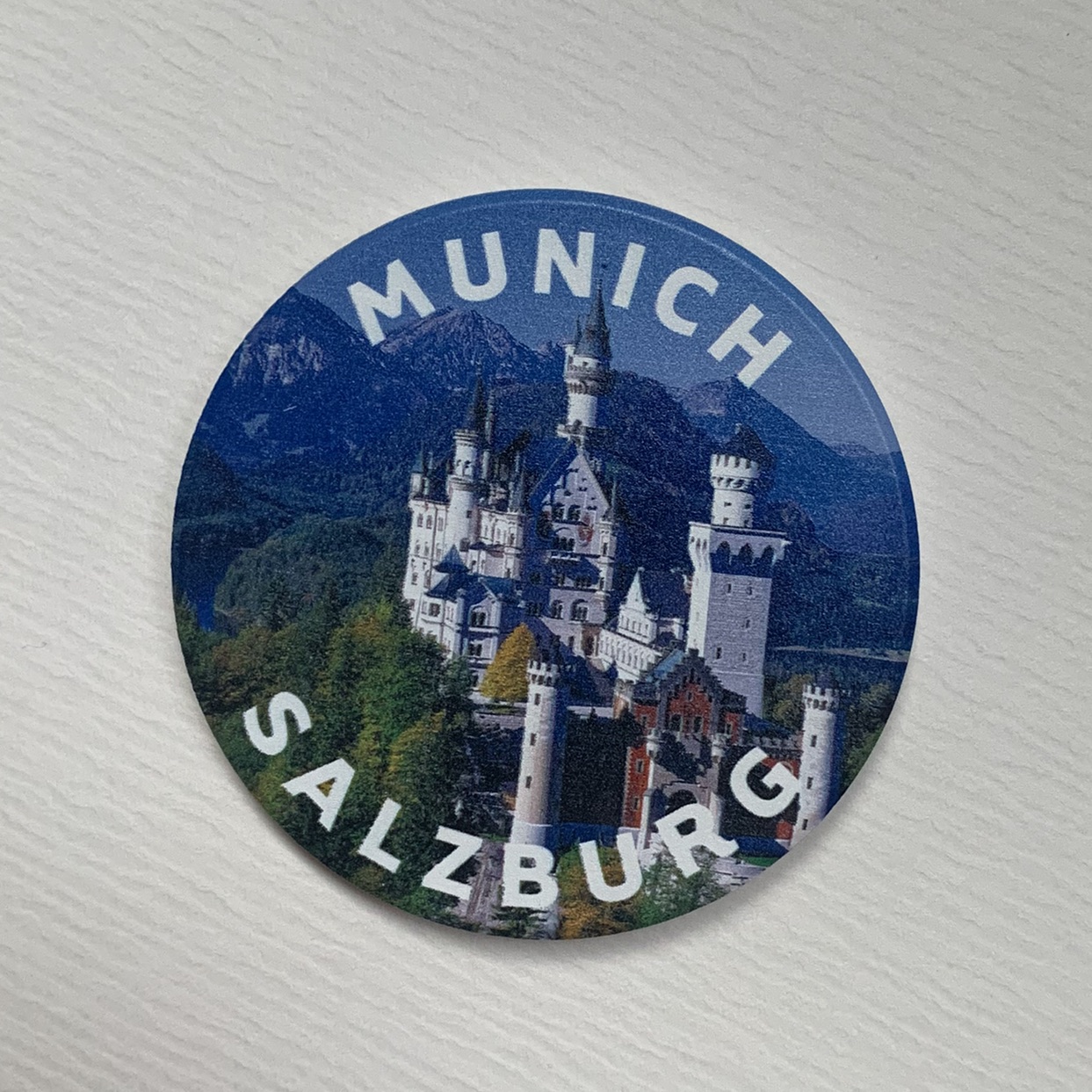
Minashime
No personal profile
61Follow
7Followers
0Topic
0Badge
Is it a good time to get into crypto?
U.S. stocks drop after Fed minutes, crypto fall
Hmmm can you please help to comment too? Thank you very much!
U.S. Congress to hold hearing on SPACs, ramping up scrutiny
It’s usually difficult to stay at the top.
Sorry, the original content has been removed
Good
5 Blue Chip Stocks to Buy With Huge Dividends as Interest Rates Plunge
Ok
Sorry, the original content has been removed
Wow. Wonderful news.
Apple: Still The King Of Warren Buffett Stocks
The has been an issue
Sorry, the original content has been removed
The barista version of the Oatly milk is the best!
Oatly spikes 25% on its first day of trading
Nice
Sorry, the original content has been removed
Oooo time to buy!
Sorry, the original content has been removed
Go to Tiger App to see more news